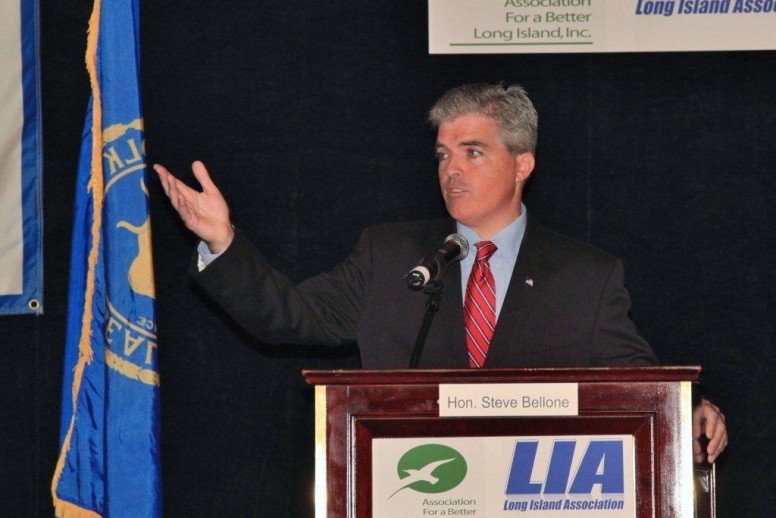Suffolk County Transit (SCT) bus riders are going to be the ones to take the hit as lawmakers seek to resolve a $78 million county deficit. Suffolk County Executive Bellone said the county plans to cut eight bus routes this October for $4 million in annual savings.
The eight routes now in jeopardy were chosen due to their low ridership. The proposed cuts would affect roughly 2 percent of all daily riders within the system. Among these routes, the busiest one, S71, serves students attending Suffolk Community College and Stony Brook University. Other affected routes provide much-needed connections to the Lindenhurst and Port Jefferson Long Island Rail Road stations.
In recent years, Suffolk County has consistently received less state aid than Nassau for its bus system prompting Bellone to request more state funds. While the state has not adequately supported suburban bus systems’ capital and operating needs, it is a hard pitch to request more state funds because the county is contributing less. Support for these suburban systems should be strengthened by both county and state support.
Between 2005 and 2014, transit ridership in Suffolk County (including LIRR) fell modestly by 0.6 percent. Now, SCT ridership is in danger of becoming victim to a downward spiral of reduced ridership leading to more service cuts. Further cuts to SCT routes will reverse ridership gains achieved through expanded SCT service. In 2014, a $2 million increase in state aid allowed SCT to increase Sunday and evening service, resulting in significant ridership growth and roughly 30 more jobs for drivers and mechanics. Lost jobs can be added to the tally of lost bus routes.
Suffolk has fewer car-free households (5.4 percent) compared to Nassau or any of the five boroughs, but those nearly 27,000 households still need an affordable and reliable option. What’s more, while County Executive Bellone emphasized that the proposed cuts would affect just 2 percent of ridership, those 400 daily riders will be forced to find other means to access jobs, school, healthcare and businesses. Some may be able to choose from alternative, less convenient routes, and other riders with access to a vehicle may choose to drive, potentially exacerbating congestion and air quality. Suffolk County already has the worst ozone pollution in New York State, according to a recent report by the American Lung Association. Yet others may be forced to find new jobs, doctors and other service because of the lack of bus service.
Other bus agencies have found ways to boost service and ridership without inordinate price tags. Several years ago, Houston’s bus network had meager service and inconvenient routes. Unsurprisingly, ridership was waning. Instead of rolling back failing routes, METRO redesigned the entire system, re-routing lines to ensure shorter wait times and more weekend and evening service. The overhaul ended up revenue-neutral, and the new network now runs on the same budget while attracting more and more riders. Service cuts should be a last resort after all other options and opportunities have been explored. When was the last time Suffolk County wiped the slate clean and took a fresh approach to providing bus service?
Suffolk County Transit will host two public hearings to discuss the proposed cuts next month: Thursday, September 8 from 3 to 7 p.m. in Riverhead; and Friday, September 9 from 3 to 7 p.m. in Smithtown. Depending on the outcome of the hearings, service cuts would take effect on October 3.


[…] Suffolk County Plans to Balance Budget on the Backs on Bus Riders (MTR) […]
[…] their bus systems — Instead of cutting service to mitigate budget deficits, Nassau and Suffolk Counties should look to other cities and bus agencies that have proved there are better ways to fund and […]